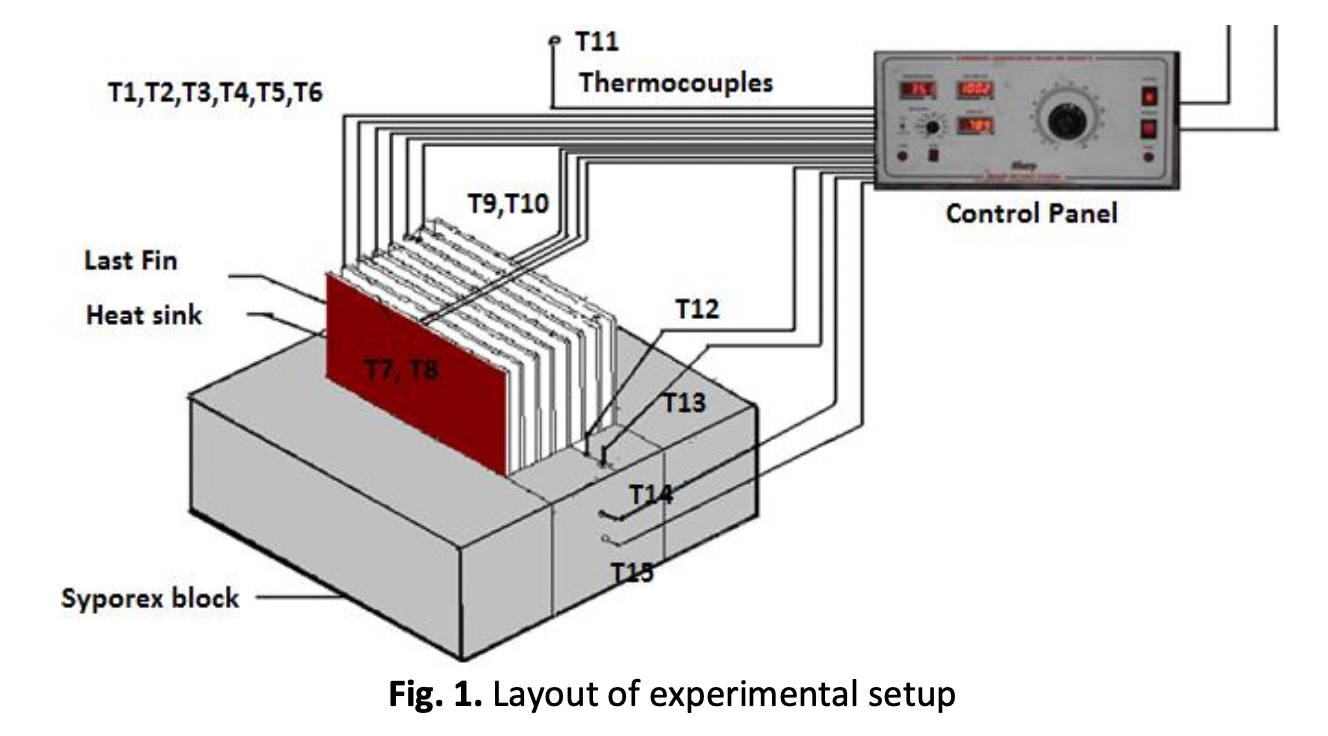The Influence of Plate Fin Heat Sink Orientation under Natural Convection on Thermal Performance: An Experimental and Numerical Study
DOI:
https://doi.org/10.37934/arfmts.114.2.118129Keywords:
Heat sink, natural convection, orientation, notchAbstract
Many electronic gadgets now require more power as a result of technological advancements, and to prolong their lifespan, they must all be kept thermally stable. To prevent electronic equipment from operating above their safe operating temperature, numerous techniques are used. Due to its low cost and dependable manner of cooling, the naturally cooled heat sink is the most used technology. The goal of the current research is to improve the thermal efficiency of less dense heat sinks by modifying their design and orientation. The aluminium heat sink utilized for the experimental and numerical investigation has the following dimensions: length 120 mm, width 100 mm, thickness 2 mm, height 40 mm, and channel width 12 mm. The cartridge-type heater received heat input ranging from 25 W, 50 W, 75 W, and 100 w. Under natural convection, the orientation was changed to 0°, 15°, 30°, 45°, 60°, and 90°. By increasing the orientation angle of the heat sink from 00 (horizontal position) for all the heat input, the Nusselt number and rate of heat transfer increases. Due to changes in the flow pattern, the vertical orientation of the heat sink was found to be transferring heat more quickly than other orientations. According to the study, plate-fin heat sinks with circular in-line notches perform thermally better than those without any notches.
Downloads

































